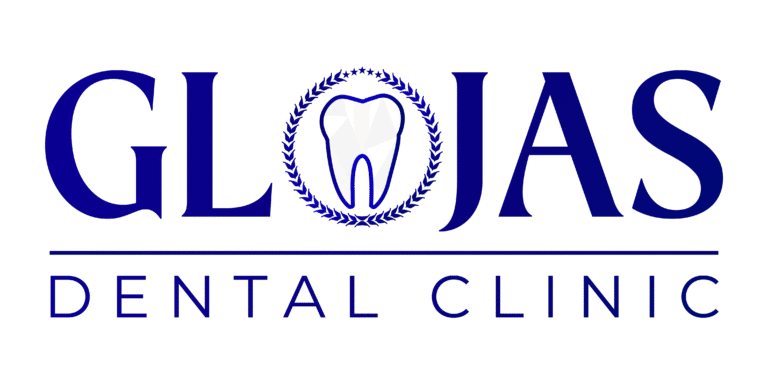A permanent cavity filling is a crucial dental solution designed to restore and protect teeth affected by decay. By preventing further damage and maintaining your oral health, permanent cavity fillings can help you avoid future complications like infections or tooth loss. This comprehensive guide explores the benefits, procedures, and materials used in permanent cavity fillings to help you make informed decisions about your dental care.
What is a Permanent Cavity Filling?
Permanent cavity filling is a restorative dental procedure used to treat cavities caused by tooth decay. Unlike temporary fillings, which are used for short-term fixes, permanent fillings are designed to last for several years or even decades, depending on the material used and proper oral hygiene. This solution ensures the tooth’s structure is reinforced, preventing further decay and restoring its natural functionality.

Why is Permanent Cavity Filling Necessary?
Protecting Tooth Structure
Permanent fillings repair and seal the damaged area of the tooth, preventing bacteria from re-entering and causing further decay. This is critical for preserving the tooth’s integrity and avoiding the need for more invasive procedures like root canals.
Relieving Pain and Sensitivity
Cavities often result in pain and sensitivity to hot or cold foods. A permanent cavity filling eliminates these discomforts by sealing the exposed nerves and restoring the tooth’s structure.
Preventing Serious Dental Issues
Left untreated, cavities can lead to severe dental problems, including abscesses, infections, or even tooth loss. Permanent fillings act as a barrier against these complications, ensuring long-term oral health.
Types of Materials Used in Permanent Cavity Fillings
Permanent cavity fillings come in various materials, each with unique benefits and applications.
Amalgam Fillings
- Made of a mixture of metals, including silver, tin, and mercury.
- Known for durability and affordability.
- Ideal for back teeth where aesthetics are less critical.
Composite Fillings
- Made of resin and glass.
- Match the natural color of teeth, making them aesthetically pleasing.
- Suitable for visible areas of the mouth.
Ceramic Fillings
- Composed of porcelain material.
- Highly resistant to staining and durable.
- Often used for larger cavities due to their strength.
Gold Fillings
- A mixture of gold and other metals.
- Extremely durable and long-lasting but expensive.
- Often chosen for their aesthetic appeal and strength.

The Procedure for Getting a Permanent Cavity Filling
Step 1: Examination and Diagnosis
Your dentist will begin by examining your teeth using X-rays to determine the extent of the cavity and decide on the appropriate treatment.
Step 2: Preparing the Tooth
The decayed portion of the tooth is removed using dental tools. The area is then cleaned thoroughly to eliminate bacteria and debris.
Step 3: Filling Placement
The dentist applies the chosen filling material to the prepared cavity. If using composite resin, a special light may be used to harden the material layer by layer.
Step 4: Shaping and Polishing
Once the filling is in place, it is shaped and polished to ensure a natural fit and smooth finish.
How Long Do Permanent Cavity Fillings Last?
The longevity of a permanent cavity filling depends on the material used and your oral hygiene practices.
- Amalgam Fillings: 10–15 years.
- Composite Fillings: 5–7 years.
- Ceramic Fillings: Over 15 years with proper care.
- Gold Fillings: 20 years or more.
Regular dental check-ups can help extend the lifespan of your fillings by addressing wear and tear early.
Benefits of Permanent Cavity Filling
Durability and Strength
Permanent fillings are designed to withstand the pressure of chewing and grinding, making them ideal for long-term use.
Natural Appearance
Modern filling materials like composite resin and ceramics blend seamlessly with natural teeth, ensuring an aesthetically pleasing result.
Improved Oral Function
A filled cavity restores the full functionality of the tooth, enabling you to chew and speak without discomfort.
Tips for Maintaining Permanent Cavity Fillings
Practice Good Oral Hygiene
Brush twice a day with fluoride toothpaste and floss daily to prevent further decay around the filling.
Avoid Hard Foods
Chewing ice or hard candies can cause fillings to crack or dislodge.
Regular Dental Check-ups
Visit your dentist every six months to monitor the condition of your fillings and address any issues promptly.
Potential Risks and Complications
While permanent cavity fillings are generally safe and effective, they can occasionally cause:
- Tooth sensitivity: Temporary discomfort after the procedure.
- Filling failure: Cracking or loosening due to wear and tear.
- Allergic reactions: Rare, but possible with certain materials like amalgam.
Discuss any concerns with your dentist to ensure the best outcome.

Frequently Asked Questions (FAQs)
1. What is the cost of a permanent cavity filling?
The cost varies depending on the material used and the complexity of the procedure. Amalgam fillings are typically more affordable, while gold and ceramic options are more expensive.
2. How can I tell if my filling needs to be replaced?
Signs include pain, sensitivity, or visible wear. Regular dental check-ups can help identify the need for replacement early.
3. Are permanent cavity fillings safe?
Yes, permanent fillings are safe. Modern materials undergo rigorous testing to ensure they are non-toxic and effective.
4. Can cavities form under a permanent filling?
Yes, if proper oral hygiene is not maintained, decay can develop around or under the filling.
5. Do permanent fillings hurt?
The procedure is usually painless, as local anesthesia is used. Some sensitivity may occur afterward but typically resolves within a few days.
6. What happens if I delay getting a permanent cavity filling?
Delaying treatment can lead to further decay, tooth infections, or the need for more invasive procedures like root canals.
Conclusion
Dental fillings are an essential part of modern dentistry, providing a reliable and effective solution for restoring decayed teeth. By understanding the different types of fillings available, their benefits, and the importance of proper oral hygiene, you can make informed decisions about your dental health.
Remember, prevention is key. Regular dental check-ups, a balanced diet, and good oral hygiene habits can help reduce your risk of cavities and the need for fillings. If you do require a filling, consult with a qualified dentist to discuss the best option for your specific needs. By taking proactive steps to maintain oral health, you can enjoy a lifetime of healthy, beautiful, and whitely smiles.

